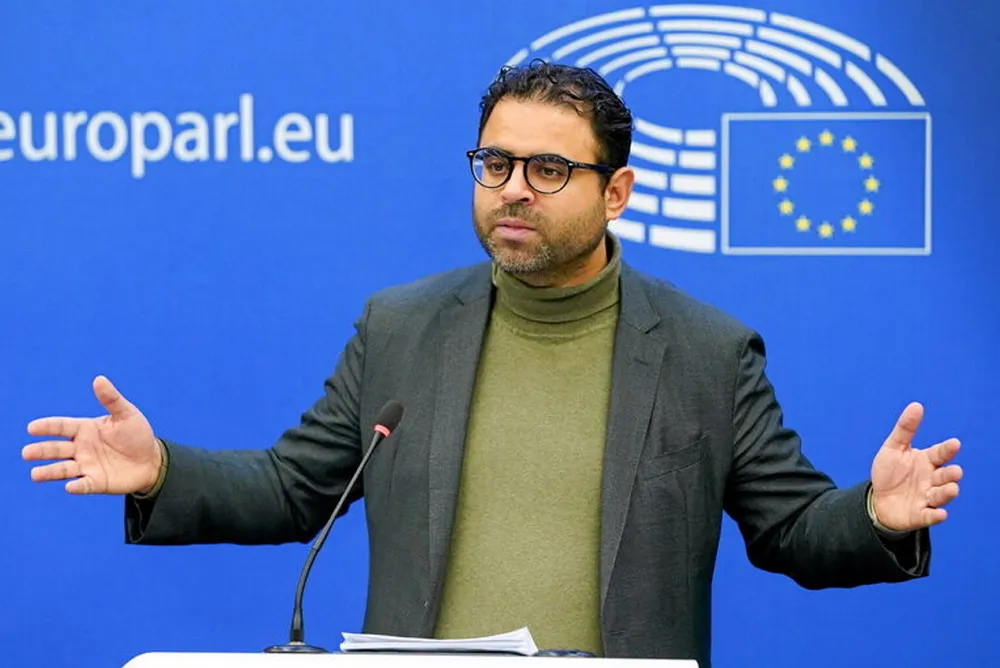EU to slap carbon border tax on imports of hydrogen and derivatives
Industry calls for carbon border adjustment mechanism to be applied to electrolysers, after European Parliament hashes out late night deal to include H2

Industry calls for carbon border adjustment mechanism to be applied to electrolysers, after European Parliament hashes out late night deal to include H2
